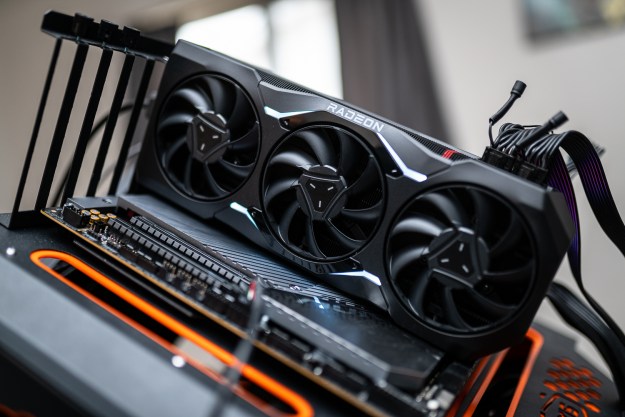Whether it’s an app, a software feature, or an interface element, programmers possess the magical ability to create something new out of virtually nothing. Just give them the hardware and a coding language, and they can spin up a program.
But what if there was no other software to learn from, and computer hardware didn’t yet exist?
Welcome to the world of Ada Lovelace, the 19th-century English writer and mathematician most famous for being popularly described as the world’s first computer programmer — and all approximately one full century before the creation of the first programmable, electronic, general-purpose digital computers.

Lovelace only lived to the age of 36, but did enough during her short life to more than cement her legacy in the history of computing. (In Steve Jobs biographer Walter Isaacson’s book The Innovators, she is the title of chapter one: ground zero of the tech revolution.)
Working with the English polymath Charles Babbage on his proposed mechanical general-purpose computer, the Analytical Engine, Lovelace recognized its potential for more than just calculation. This conceptual leap, seeing the manipulation of digits as being not simply the key to faster math, underpins most of what has followed in the world of computation.
More than a big calculating machine
“To Babbage, the Engine was little more than a big calculating machine,” Christopher Hollings, Departmental Lecturer in Mathematics and its History at the Mathematical Institute of the University of Oxford, and co-author of Ada Lovelace: The Making of a Computer Scientist, told Digital Trends. “But Lovelace seems to have recognized that its programmable nature might mean that it would be capable of much more, that it might be able to do creative mathematics, or even compose original music. The fact that she was speculating about the capabilities of a machine that never existed, in combination with the fact that her comments tally with what we now know of computing, is what has given her writings modern interest.”

Hollings said that there is a popular myth that Ada Lovelace was pushed into studying math by her mother to divert her from any “dangerous poetical tendencies” that she might have inherited from her absentee father, the Romantic poet Lord Byron. (Who, like his daughter, tragically died at the age of 36.) However, he noted, the truth is likely to be “much more prosaic — and interesting” than that.
“Lady Byron had, unusually for a woman at that time, been educated in mathematics in her youth, had enjoyed it, and wanted to pass that on to her own daughter,” Hollings explained. “And I think the desire to study mathematics is the strongest influence on what Lovelace did in computing. From the mid-1830s, she was determined to learn higher mathematics and she put in years of work in order to do so, and this led directly into her collaboration with Babbage.”
Lovelace’s contributions to computing
Lovelace’s insights into computing included hypothesizing about the concept of a computer able to be programmed and reprogrammed to perform limitless activities; seeing the potential for storing, manipulating, processing, and acting upon anything — from words to music — that could be expressed in symbols; describing one of the first step-by-step computer algorithms, and — finally — posing the question of whether a machine can ever truly think (she believed not). As such, while her work concerned hardware that never appeared during her lifetime, she nonetheless laid crucial foundational steps.
Lovelace served as a first in another important way: One of the first tragic stories in the history of computing. Beyond the “notes” (some 19,136 words in total) she wrote in connection to Babbage’s Analytical Engine, she never published another scientific paper. As noted, she also died young, of uterine cancer, after several turbulent years, including a toxic relationship and problems with opiates. These have shaped several of the previous popular tellings of her story — although this is now changing.

“Much of the interest in the past has been more to do with who her father was, and the romantic idea of an unconventional aristocrat,” Hollings said. “Lurid tales of adultery, gambling, and drug addiction have also been thrown into the mix, probably in a way that they would not have been — certainly not with the same emphasis — if the discussion were about a man.”
Nonetheless, today Lovelace is widely viewed as both a feminist icon and a computing pioneer. She is frequently referenced in history books, has multiple biographies dedicated to exploring her life, and is namechecked in various places — whether that’s the naming of Ada, a programming language developed by the U.S. Defense Department, or of internal cryptocurrency used by the Cardano public blockchain. In all, she’s one of the most famous names in her field and, while her untimely death means there will continue to be debate around what she did or didn’t contribute, Ada Lovelace has more than cemented her place in history.
And with people continuing to probe questions like whether or not a machine could ever achieve sentience, don’t expect that to change any time soon.


